How To Improve Eye Vision Without Glasses? 7 Tips & Tricks
Have you ever thought about how to improve eye vision without glasses? Your eyes are your soul’s windows. Eagle eyes, bedroom eyes, or a smile in your eyes are all possible.
There are literally thousands of proverbs that refer to our eyes. Why? Because they convey so much about how we feel, they may be among our most appealing traits, and they are, of course, essential to our vision.
But, although we consider cosmetics and frames to improve their appearance, how often do we consider improving their functionality?
We’ve discussed how wearing glasses will not make your vision worse, but what can we do to assist improve our vision? Aside from wearing the appropriate prescription glasses, there are some easy ways we can all take better care of our vital eyes.
Regular eye exams are only one of many methods to improve your vision and avoid accidents or illnesses that might impair your vision. Continue reading to learn about alternative methods to enhance your vision.
Eyesight can worsen as people age or as a result of certain medical problems. However, there are some natural alternatives to safeguard and improve one’s vision without the use of corrective lenses.
While there are limitations to what you can do to assist your eyesight on your own, adopting some general wellness practises can help.
There are certainly some lifestyle adjustments that can enhance your general eye health as long as you avoid misinformation and make decisions based on scientific facts.
Table of Contents
How To Improve Eye Vision Without Glasses?
1. EXERCISE AND DIET
Although diet and exercise will not heal any eye issue, the foods we consume can help. There are various reasons why eating a nutritious diet is crucial for living a healthier life, but did you know it may also benefit your eyes?
You’ve probably heard someone (including your mother) mention that carrots are excellent for your eyes. They really are! It’s because they’re high in vitamins and carotenoids. Fortunately, carrots aren’t the only source of these essential elements.
Infusing vitamins and minerals into your diet will offer your body with the natural building blocks it requires to be healthy and safeguard your eyesight. Vitamins A, C, and E, as well as the mineral Zinc, assist to keep your eyes healthy by preventing the macula (the region of your eye that regulates central vision) from deteriorating. Carrots, broccoli, spinach, strawberries, sweet potatoes, citrus fruits, and meals high in omega-3 fatty acids, such as salmon, contain these vitamins and minerals.
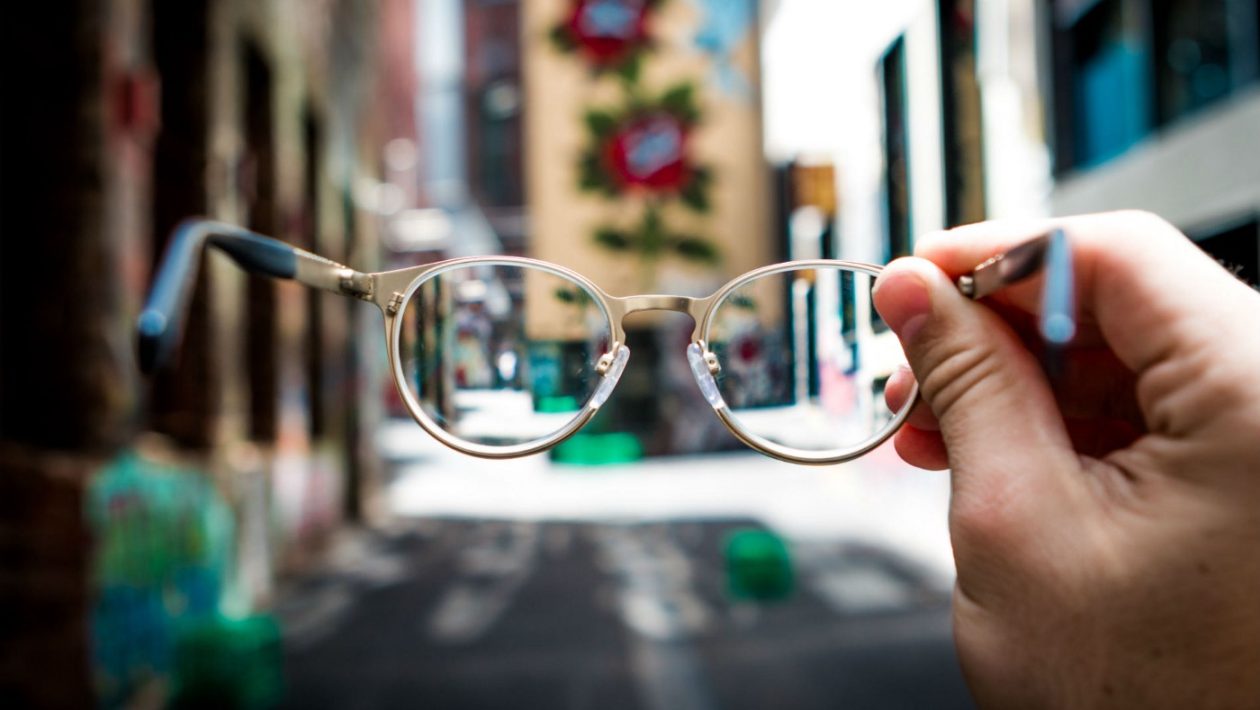
These vitamins and minerals, as well as a balanced intake of antioxidants, will assist to safeguard your retinas (the light-sensitive tissue that lines the back of your eyes).
Have you ever heard that carrots may help you see better at night, most likely from your mother attempting to convince you to eat them? That is partially correct.
While no vegetable can provide us with goggle-quality night vision, our bodies do need vitamin A to make rhodopsin. That is the pigment in our eyes that allows them to function in low-light situations. They won’t precisely help you see in the dark, but they can assist avoid night blindness.
Carotenoids (found in carrots and other foods) are fat-soluble organic pigments that are also beneficial to the eyes. Lutein and Zeaxanthin are two of them, and they help preserve the macula, enhance pigment density in the eye, and absorb UV and blue light.
These carotenoids are also present in leafy greens, broccoli, zucchini, and eggs, but if you or your child is a fussy eater, you may take them as a supplement!
Regular activity and a healthy weight, in addition to a healthy diet, might be beneficial to your eyes. Diet and exercise both assist your body maintain stable blood sugar levels and reduce your risk of getting type 2 diabetes.
Type 2 diabetes is more frequent in overweight people, and it can develop to Diabetic Retinopathy (which is when the small arteries of the retina leak blood into the eye and harm your vision). So we can add eye health to the list of benefits of being active and eating healthily.
2. EXERCISE YOUR EYES
Do you know why sleep is frequently referred to as “shut-eye“? There’s a valid explanation behind this. Getting enough sleep and rest is critical for your eyes.
Sleep, like the rest of your body, allows your eyes to totally relax and repair from everyday stimuli. If you don’t get your regular 8 hours of sleep, your vision may be blurry and you may sense more strain on your eyes than usual.
You should also rest your eyes when they are working overtime, such as when you are reading or working on the computer for lengthy periods of time. So give your eyes a rest now and again. Allow them to relax for roughly 10 minutes for every 50 minutes of eye-straining activities.
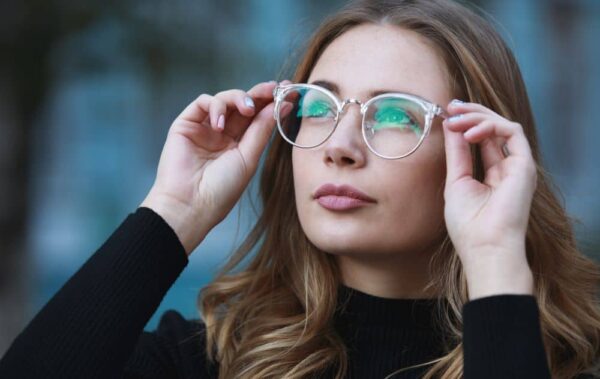
Work for no more than 2-3 hours at a time without a break, and if possible, take an hour to properly rest your eyes during the day. However, taking a break from your computer screen to check your cell phone does not actually count.
Try to focus on items that are farther away from you during your 10-minute intervals throughout the day to give your eyes a vacation from focusing on things that are so close.
So, if you regularly read a book during your computer/desk work break, you might want to find an option that will allow your eyes to rest a bit more. If your eyes are fatigued, you may employ the classic cucumber slices over your eyelids method to minimise puffiness, edoema, and discomfort. Cucumbers contain folic acid, which promotes antioxidant activity.
3. EYE EXERCISES AND EYE STRAIN RELIEF
Although there are claims that eye workouts can enhance eyesight, no research have been conducted to support this claim.
These exercises will not assist with myopia, hyperopia, or astigmatism, but they will help with eye strain. “Digital Eye Strain,” in particular, is becoming more frequent among those who work on computers or spend a large amount of time staring at a screen.
This disorder can cause severe eye strain, dry eyes, impaired vision, headaches, difficulty focusing at a distance, and other bodily discomforts.
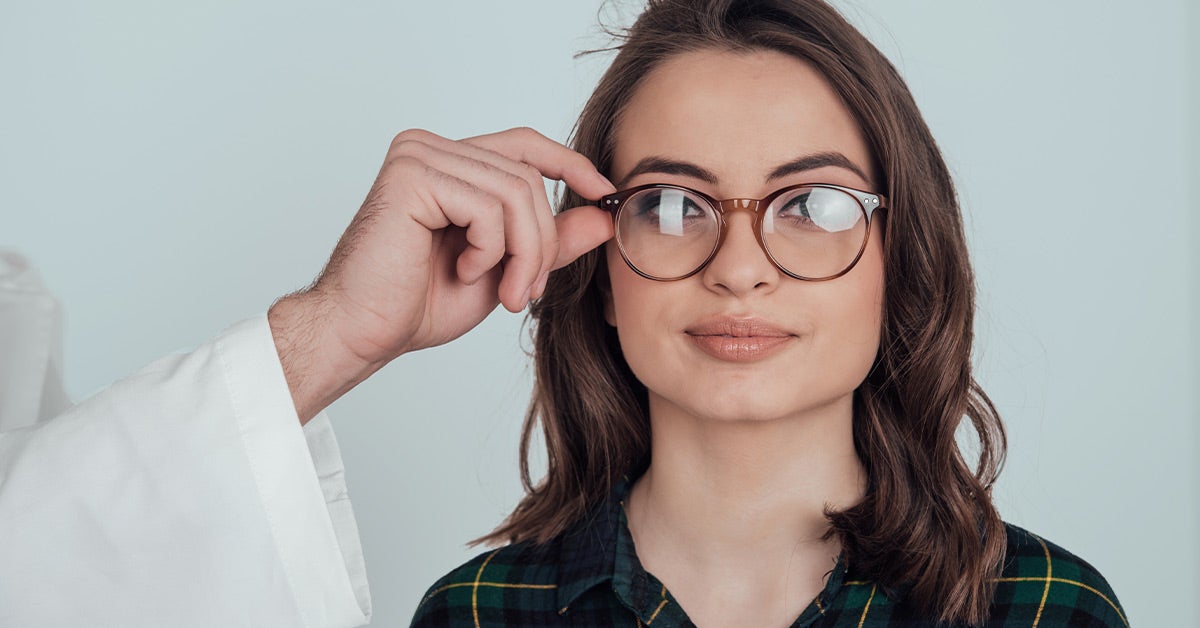
Some of these symptoms might be alleviated by including eye workouts into your regular regimen. Eye exercises are simple, require little time, and may be done from your desk if necessary. Some simple examples are:
4. FOCUS CHANGE
Hold a tiny object in front of your face, such as a pen (or your finger), and gently move it away while maintaining concentration. Then, while maintaining attention, gently pull it back nearer your face (until it’s approximately 6″ away). Repeat.
5. WRITE THE ABCS
Draw the alphabet from A to Z using your eyes. Make sure you’re “drawing” the letters large enough so that your eyes have a sufficient range of motion. If you’re short on time or concerned that your unique eye movements may cause your coworkers to stare, simplify the exercise to only sketching out your name rather than the complete alphabet.
6. AROUND, UP, AND DOWN
Move your gaze up (without moving your head) and then back down. Repeat a few times, then move your eyes in a slow clockwise circle, followed by a slow counterclockwise circle. This improves range of motion and circulation.
Following the 20-20-20 Rule might also be beneficial. Spend 20 seconds focused on something 20 feet away for every 20 minutes you spend gazing on a book or device.
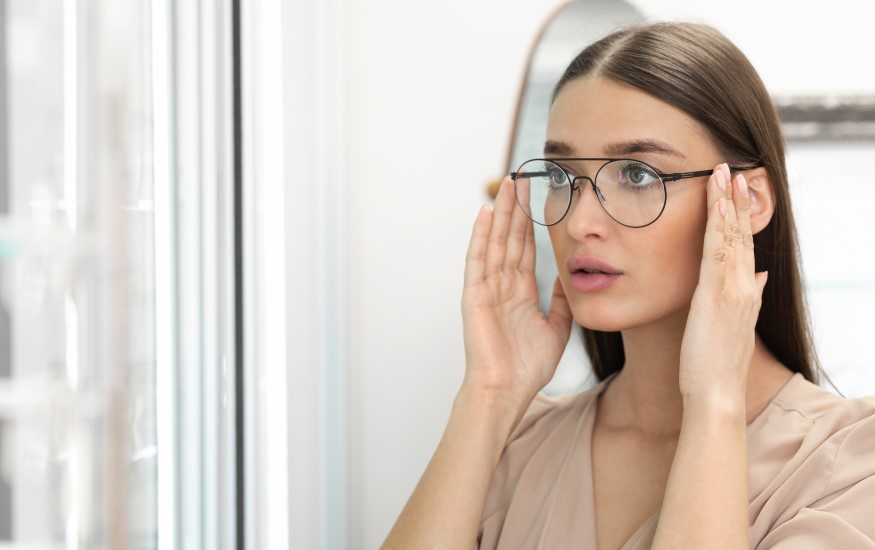
This provides a nice break for your eyes in between periods of focusing on your computer (or book) and doing your eye exercises. Taking frequent breaks to perform fast eye exercises is useful not only to your eyesight, but it may also be an excellent reason to take a mental break from work and can assist enhance productivity.
Although there are no magic medicines or gimmicks that will completely cure or repair your eyesight, making conscious decisions to live a healthier lifestyle, being aware of how you protect and treat your eyes on a daily basis, and obtaining regular eye exams may help you have the best vision possible.
7. THINK ABOUT ORTHOKERATOLOGY!
Consider orthokeratology, one of our favorite techniques for drastically improving your vision without the need of laser surgery or implants (Ortho-K).
Ortho-K is the process of creating personalized hard contact lenses that are intended to reshape the cornea and improve vision. The difference between ortho-k contacts and everyday wear is that ortho-k contacts are designed to be worn at night while sleeping and removed when you wake up.
After that, the lenses can correct near-sightedness (myopia), far-sightedness (hyperopia), and even astigmatism.
The nightly lenses gradually modify the curvature of your cornea, and when they are removed in the morning, you may go about your day with clear eyesight, lens-free. Ortho-k lenses, when used consistently, can aid enhance eyesight for extended periods of time.
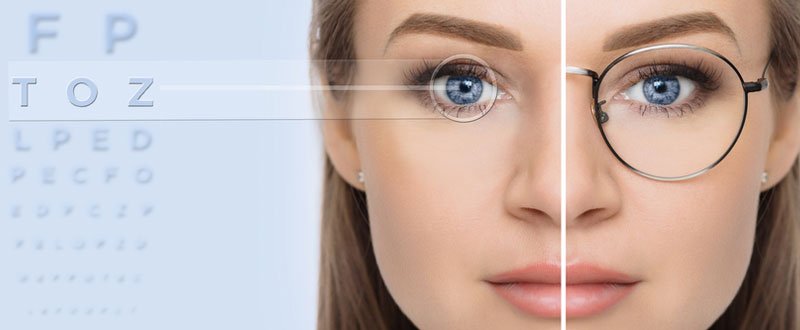
Finally, one of the most appealing elements of Ortho-k is that it is suitable for both children and adults.
When you have your next eye checkup, ask your doctor or set up a free appointment with an expert who can help you explore your alternatives. Speaking of specialists, in all matters pertaining to the eyes, it is best to rely on the pros.
YOUR OPTOMETRIST IS THE BEST
You should see your optometrist at least once a year, and get a complete dilated eye exam every few years, just as you would any other doctor. Many dangerous eye problems (such as glaucoma) have no early signs, therefore yearly tests are recommended even if you haven’t noticed any changes in your vision.
Your optometrist or ophthalmologist can monitor the course of any visual problems you may be experiencing. To keep your eyes bright and comfortable in everyday life, follow a balanced diet, get enough of sleep, take frequent screen breaks, and do a few basic exercises.
A Temporary Fix to See Without Glasses
If you’re one of the unfortunate individuals who has to use glasses or contacts to see, don’t worry if you’ve broken your glasses or misplaced a contact lens, since there is a method to see without your glasses or contacts – at least for a little while.
Before we go into how you can briefly see without glasses, let’s take a moment to clarify: we’re not suggesting you drop your glasses before driving or going to work.
We’re merely here to help you out if you’re in a hurry. Also, keep in mind that at Rebuild Your Eyesight, we constantly advocate for natural approaches to enhance your vision.
How To See Clearly Without Glasses?
This process is rather straightforward. Curl your fingers like you’re creating a fist, but don’t tighten them. Instead, leave them flexible so that there is a slight gap. Look through the hole with only one eye, sans corrective lenses. Can you see things more clearly now? So there you have it. You no longer need to wear your glasses.
So, unless you’re okay with going about with your hands over your eyes and peering through a small little hole forever, you may still need to wear your glasses. Most people would find that uncomfortable, if not downright strange. Strange or not, it’s still quite cool that the technique works.
How Does It Function?
This approach is actually based on some very fascinating science. Your eyes function by allowing light to enter from all directions. As a result, when the light strikes the lenses in your eyes, it spreads out.
When you have good vision, your eyes’ lenses can focus that scattered light onto your retina, allowing you to see pictures clearly. To view objects clearly at different distances, compress each lens to make it more circular so the light isn’t scattered out as much.
If you use glasses or contacts, it signifies that your eyes’ natural lenses have been damaged and no longer function correctly.
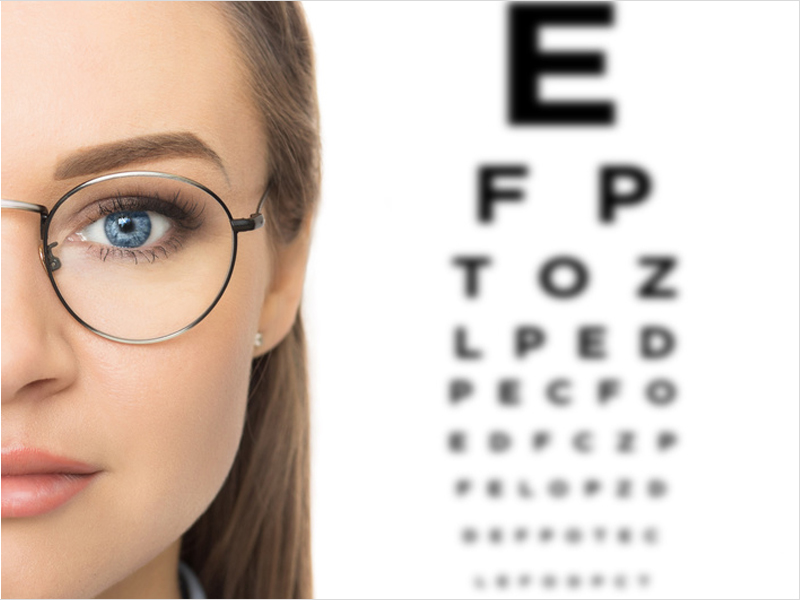
As a result, corrective lenses are required to concentrate light onto your retina and generate clear pictures. Because light can only come in from one direction when you stare through the hole in your fist, everything you see is in focus.
However, everything seems darker than it would if seen with excellent eyesight or corrective lenses. Because microscopic holes obstruct light from other directions, light can only enter one way.
So, while peering through a little hole is a decent temporary fix, it’s not something you’ll want to do all of the time merely to avoid wearing corrective glasses. However, there are alternative ways to enhance your vision so that you won’t have to wear those unpleasant corrective glasses in the future.
Other Ways to Improve Your Vision
If you’re weary of dealing with contacts and glasses and want to be able to see properly without them, there are options available to you. First and foremost, there is always surgery.
You might have LASIK surgery done to restore your good eyesight. This method works for the majority of people, but a significant proportion of people’s eyesight has deteriorated as a result of the procedure, therefore it’s critical to understand the hazards of LASIK.
Patients have experienced vision regression, which means they must use corrective lenses again to see. Patients have also experienced lifelong dry eye, double vision, continual glare, and starbursts, which is blurriness surrounding objects that they can see clearly otherwise. It is also possible to lose your vision totally following LASIK surgery.
So, although surgery may be a viable option for some, it may be a mistake for others. The rest of the corrective lens wearers who may have pondered surgery at some time have concluded that it doesn’t make sense to do something that may really make their vision worse.
Natural Methods for Seeing Without Glasses
Another way to improve your eyesight is to take extra care of your eyes in everyday life. Of course, it’s preferable to begin this procedure at a young age. Consume a diet rich in nutrients that are beneficial to your eyes.
Consume foods high in vitamin C, omega-3 fatty acids, vitamin A, and any other antioxidant-rich foods. All of them are beneficial to your eyes because they prevent your cells from oxidising too fast.
You should also take care not to strain your eyes. If you spend a lot of time on the internet, reading, or watching TV, your eyes might feel strained and fatigued.
When your eyes have had enough, you should be able to feel it. You must rest your eyes on a regular basis. Constant eye strain might lead to additional visual problems that you don’t want to cope with.
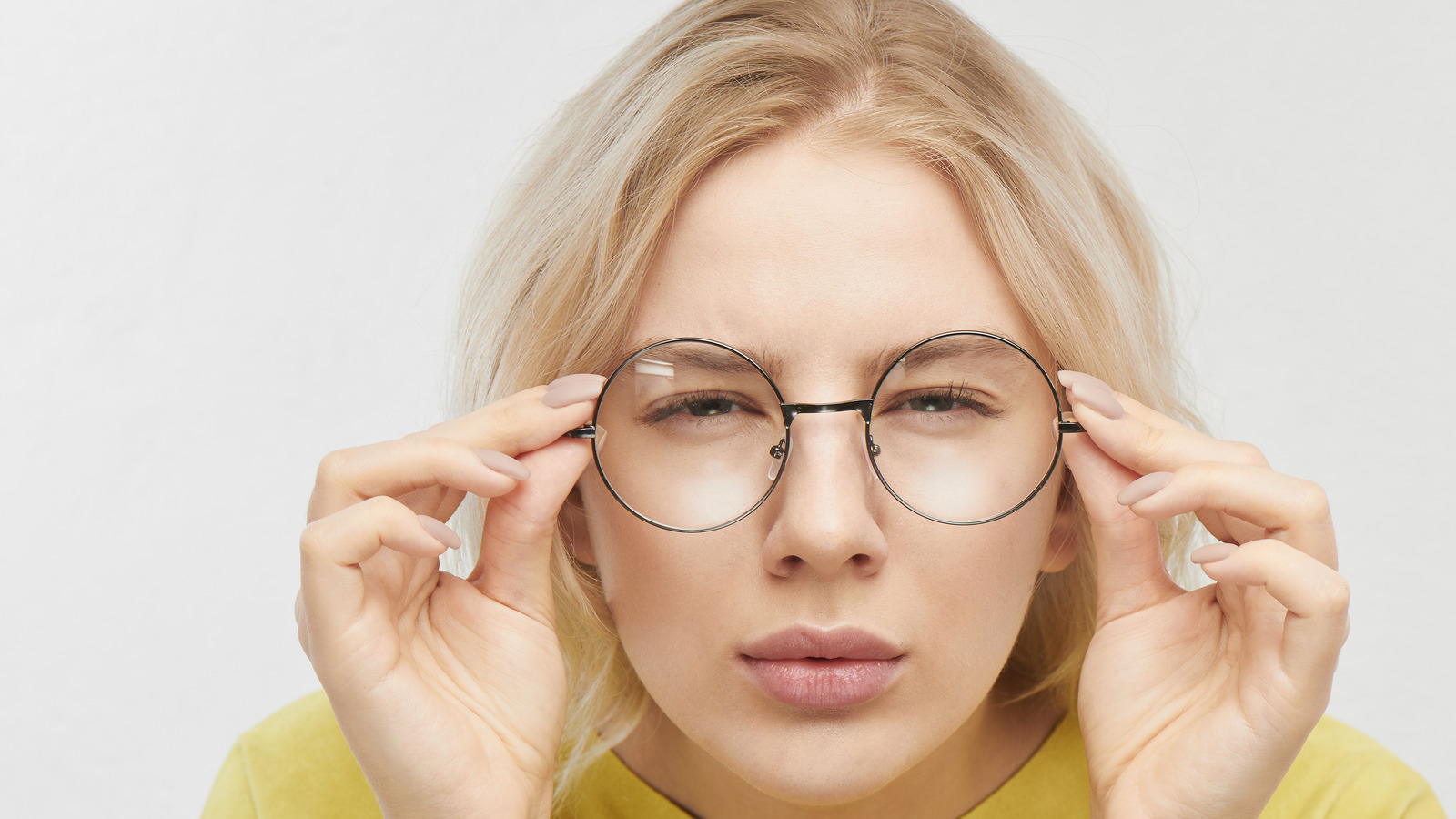
Following our 10-10-10 rule is one method to minimise digital eye strain. This indicates that if you do a lot of near computer work, you should take a break every ten minutes by staring at anything at least ten feet away for at least ten seconds.
Alternatively, you may buy in some blue light filtering glasses for further protection while working. It is critical to protect your eyes from digital screens!
Take eye-healthy vitamins, such as our Ocu-Plus Formula. These vitamins contain 17 necessary vitamins and minerals that help with vision. Eye vitamins are no laughing matter.
They can significantly assist to enhance your eyesight, especially when combined with other ways of keeping your eyes healthy. You should notice an improvement in your vision within a short amount of time.
